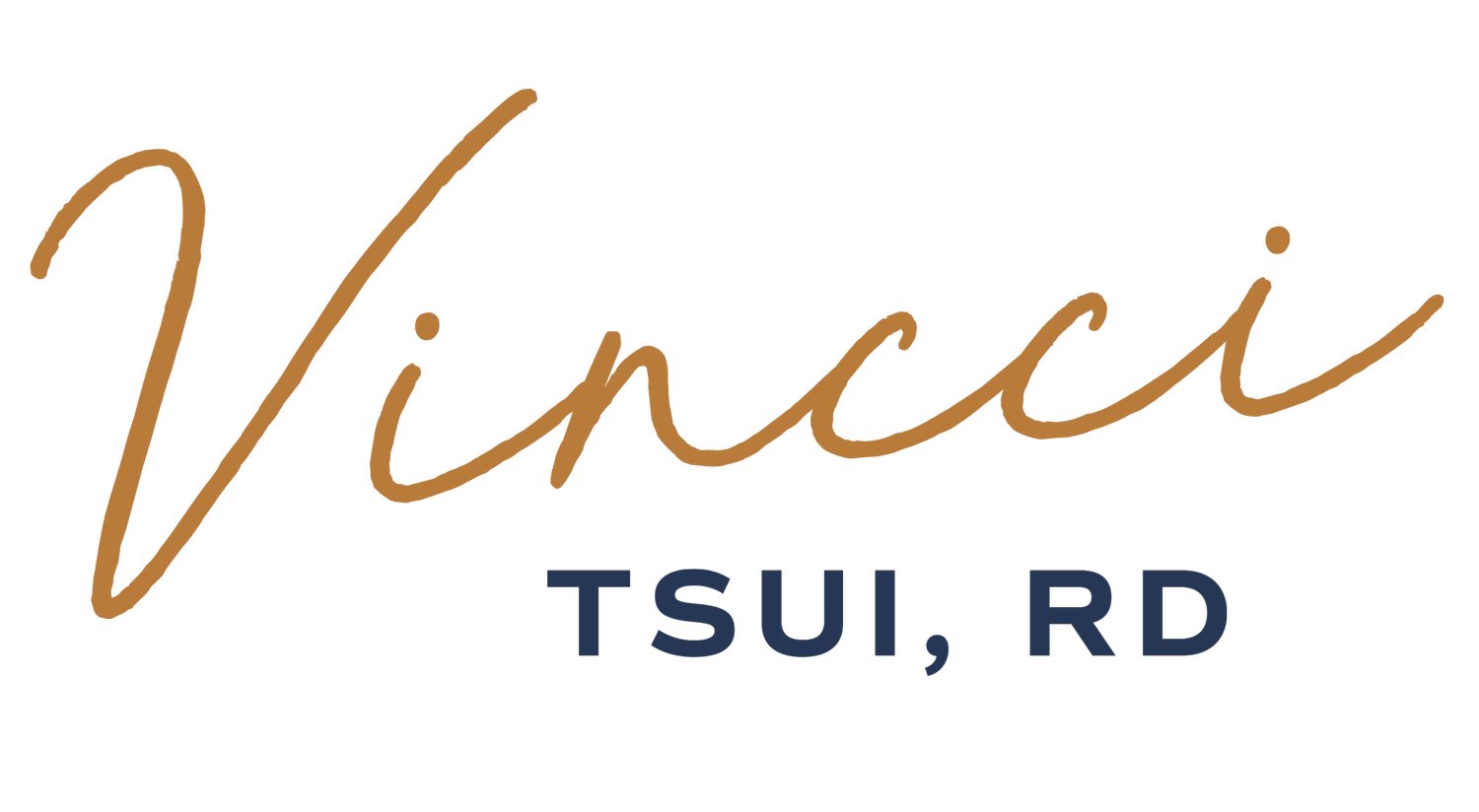Canada is Getting a New Food Guide! Here’s What You Need to Know
Let me start this post by saying that it’s a common misconception that dietitians base all of their recommendations on Canada’s Food Guide. Most of the dietitians I know, myself included, rarely use it in their practice. In fact, if there’s one thing that dietitians, health professionals and those who make more dubious nutrition claims seem to agree on, it might just be hating on Canada’s Food Guide.
With concerns ranging from including fruit juice as a serving of fruit to industry influence, our 10-year-old Food Guide is certainly due for an update.
What is the Process for Updating Canada’s Food Guide?
Back in 2013, Health Canada started reviewing some of the evidence behind Canada’s Food Guide, including the science behind the Food Guide, nutrition in the Canadian context, and use of the Food Guide compared to other nutrition and health resources. The results were published in 2015.
Overall, the review found that while many parts of the Food Guide are in line with the current state of evidence, there is a lot that the Food Guide doesn’t really touch on, such as the link between specific whole grains and decreased risk of heart disease, or the link between soy protein intake and lower blood cholesterol.
It also found that the majority of Canadians are not following the recommendations set out in the Food Guide; although most people know what it is, it only ranked as the 4th most frequent resource consulted regarding healthy eating, behind the internet, family and friends, and TV. Many stakeholders (i.e. health professionals, educators) provided feedback that it doesn’t work as a one-size-fits-all tool, and that when they do use it, they often have to adapt it for different populations.
In late 2016, Health Canada had a public consultation on the above review, and from that, they created a draft of Guiding Principles, which will likely form the basis of the recommendations that will be in the next Food Guide. The public consultation for the guiding principles just ended a few weeks ago on August 14; Health Canada now expects to publish the results of the consultation later this year, and start rolling out consumer resources beginning early next year. It is expected that the new Canada’s Food Guide will be made up of multiple resources using multiple formats (i.e. print, web, mobile) and will be completely in use by 2019.
What Should We Expect from the New Food Guide?
The short answer is, we don’t know yet – while the Guiding Principles available now can give us an idea of what to expect, the final Food Guide will also consider the results of the consultations.
One thing we know for sure is that industry will be less of an influence – Health Canada has made it clear that they have not included industry in their stakeholder consultations; while industry groups were able to submit feedback alongside the public as part of the public consultations, they have not been consulted directly like in the past.
One aspect that has been gaining a lot of interest in the Guiding Principles is an increased emphasis on plant-based foods and plant-based sources of protein, like beans, legumes, nuts, seeds and soy products. While Health Canada has been careful to say that they are not promoting excluding animal foods altogether, representatives from Dairy Farmers of Canada and the Canada Beef Council have already voiced their concerns about not being as prominent in Canada’s Food Guide.
For me, a promising change is Guiding Principle #3: “Knowledge and skills are needed to navigate the complex food environment and support healthy eating.”
Several years ago, when Brazil released their dietary guidelines, people around the world cheered their 10 Steps to Healthy Diets, which included tips like, “Eat regularly and carefully in appropriate environments, and, whenever possible, in company” and “Plan your time to make food and eating important in your life,” instead of the usual “Have 2-4 servings of Milk & Alternatives per day.” Guiding Principle #3 appears to be a step in that direction for Canada’s upcoming Food Guide.
Should I Follow Canada’s Food Guide?
As a Certified Intuitive Eating Counselor, one of my concerns is that we have trained ourselves as a society to rely mostly on external cues to tell us what and how much to eat – and it’s not just diet plans or food rules. I’ve had clients tell me that they eat until the plate is empty or stop themselves when other people stop eating. A lot of the work that I do is help people relearn to listen and trust their inner wisdom when it comes to making decisions around eating.
That being said, “gentle nutrition” is a part of Intuitive Eating, and even the current Canada’s Food Guide is a good basic tool for people to start with before filling in the more individualized details. Canada’s Food Guide is also powerful as a public health and advocacy tool.
In the meantime, my best answer is, “Wait and see what works for you.” Once the tools and resources start rolling out, you can then make your own decisions about whether they are recommendations that you want to include in your own lifestyle.
The consultations may be over, but what would you like to see in the next Canada’s Food Guide? Please share your thoughts in the comments below.
